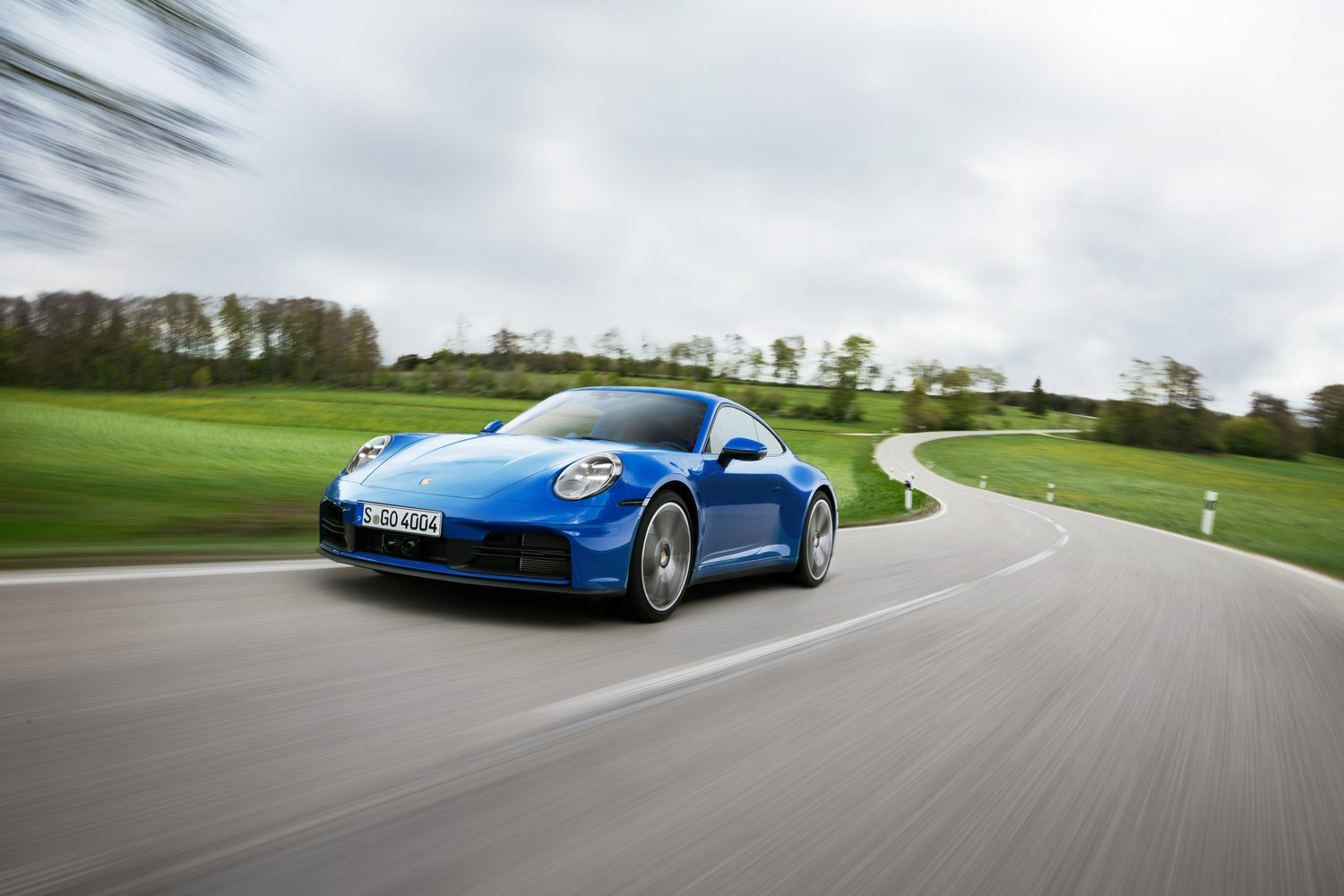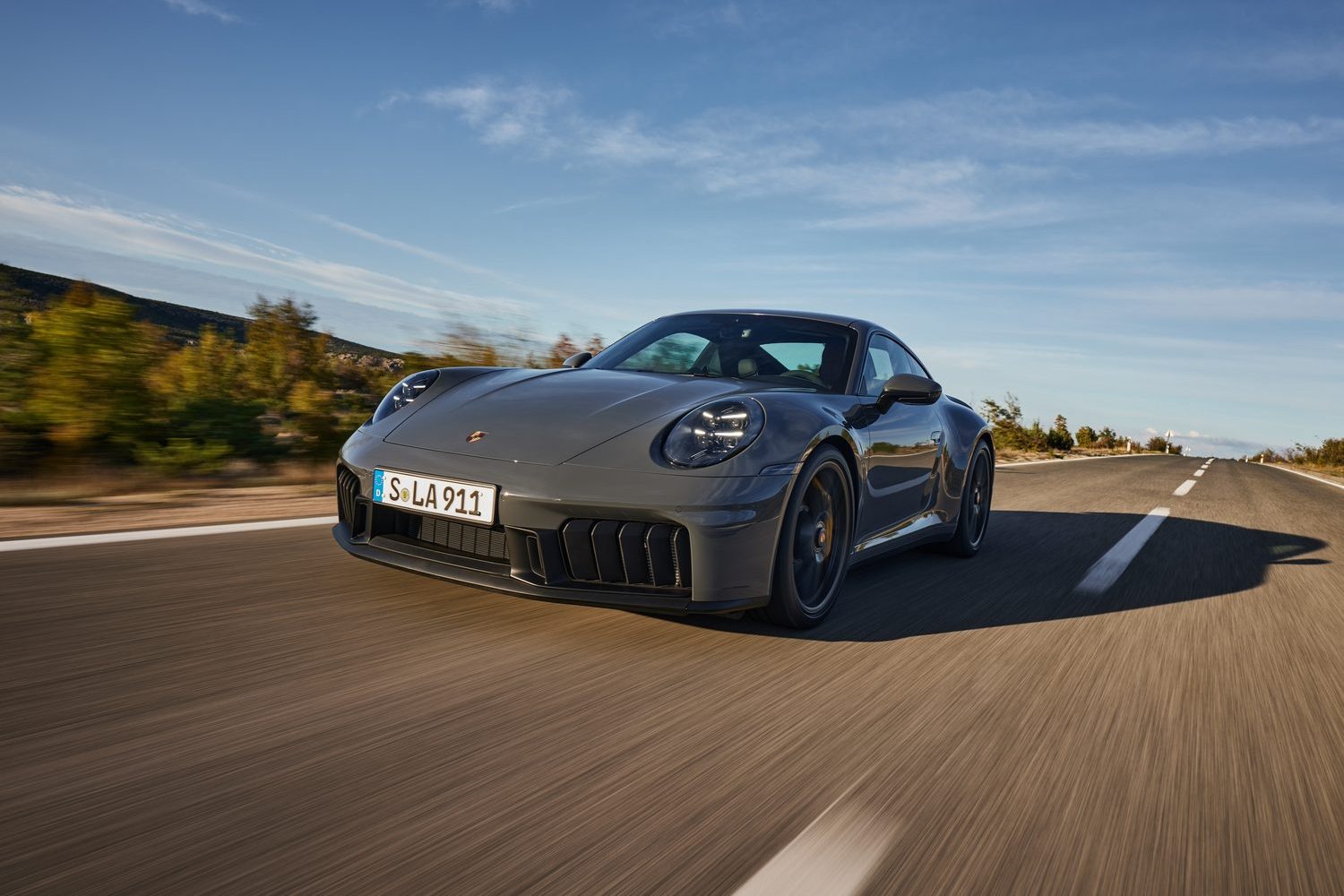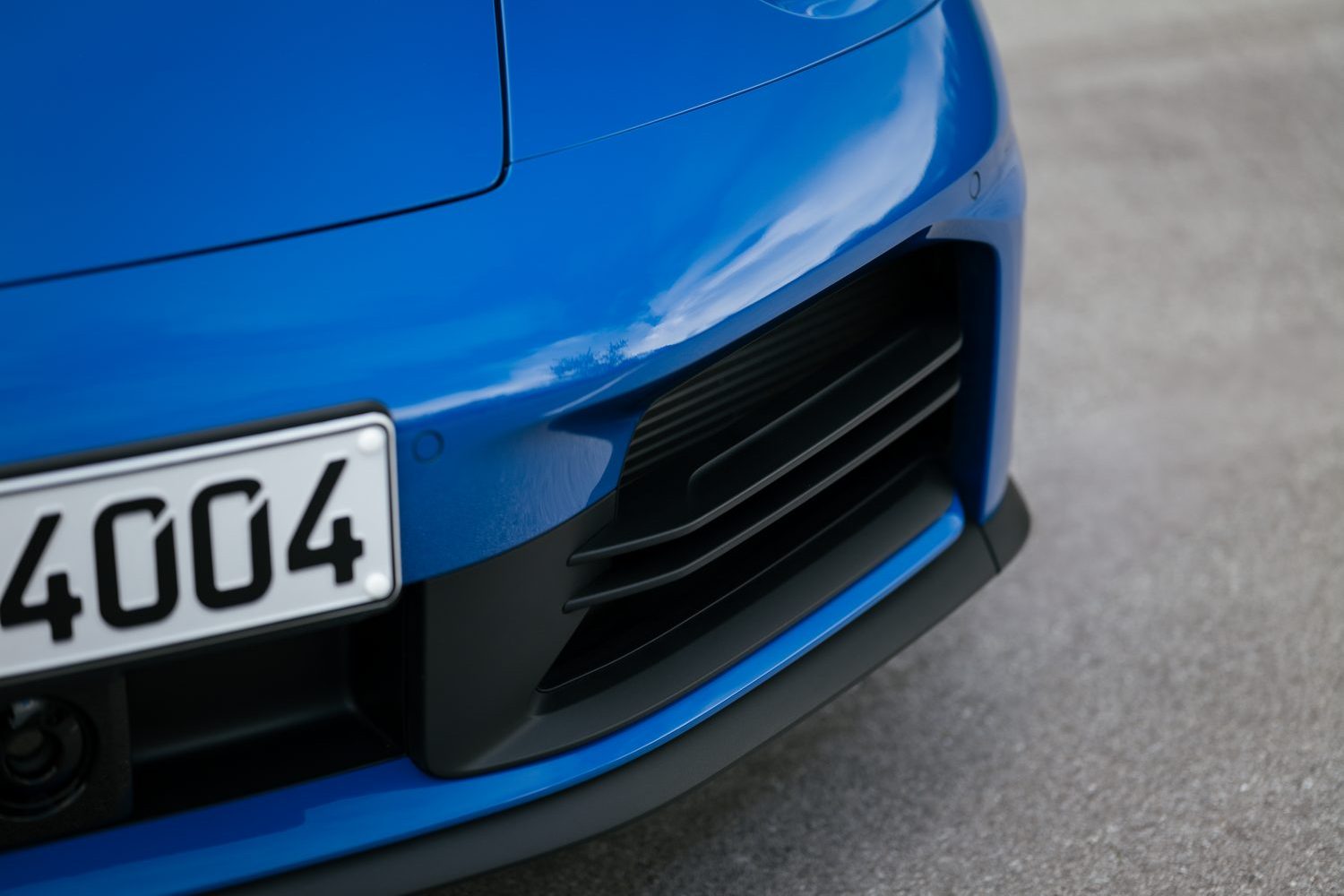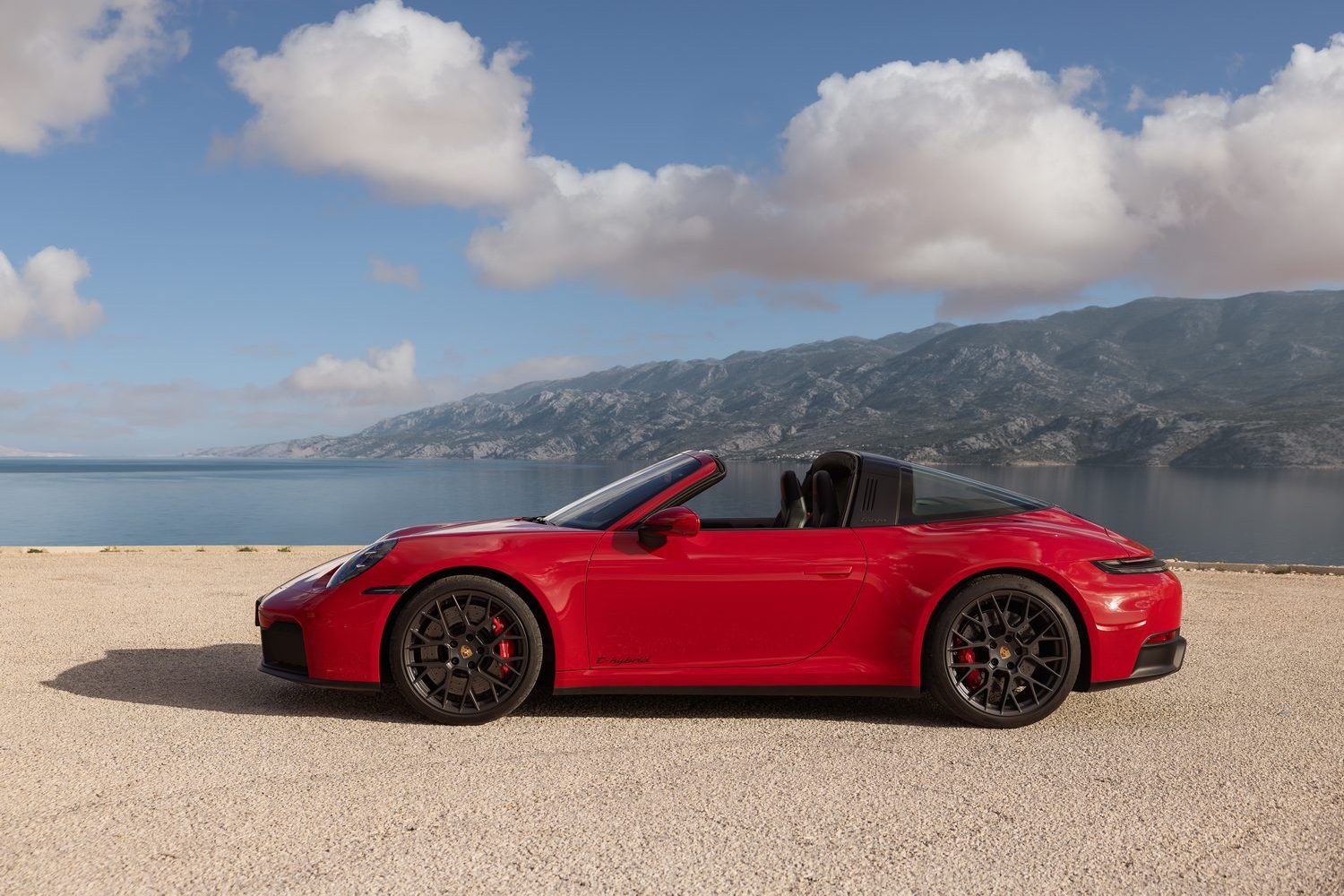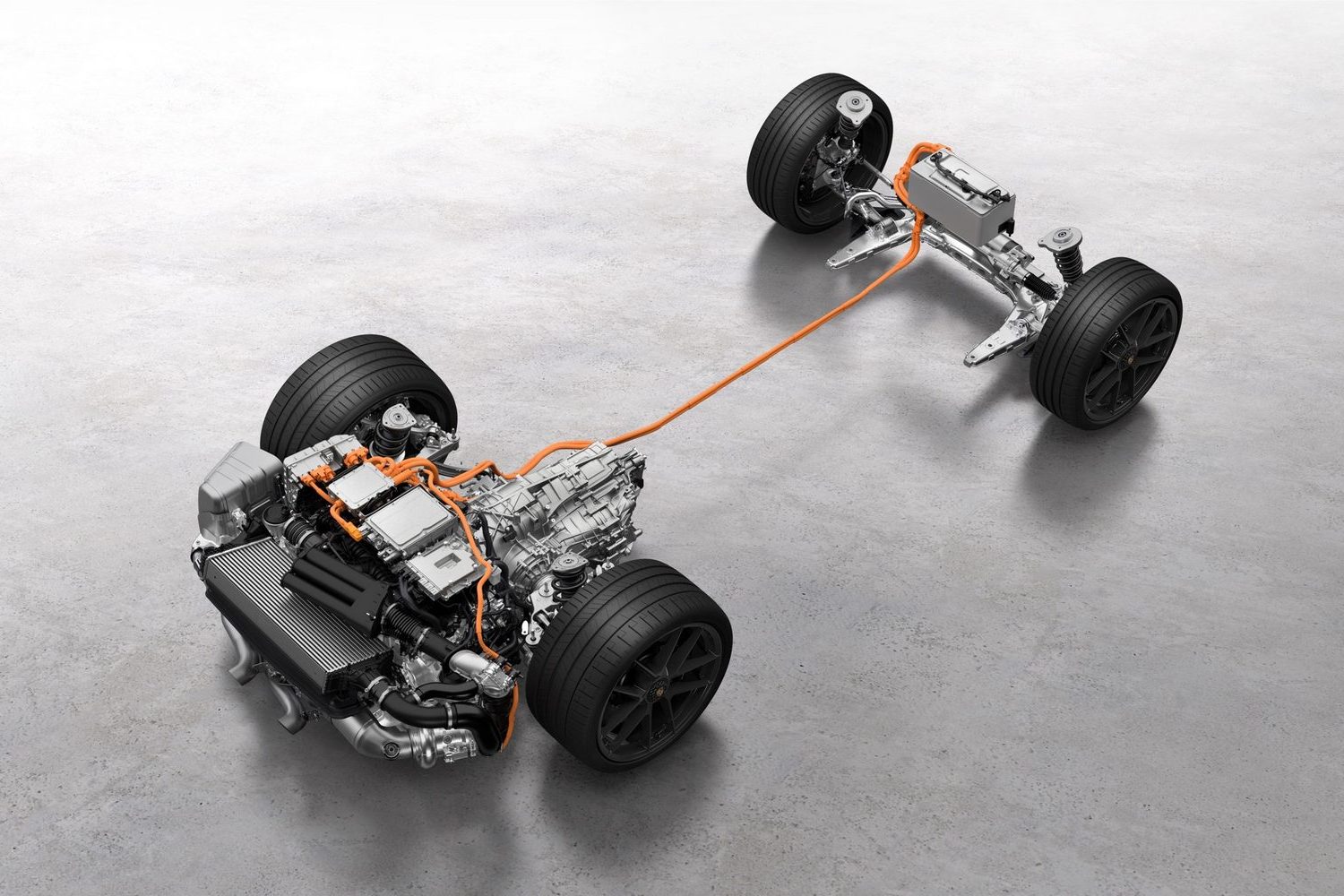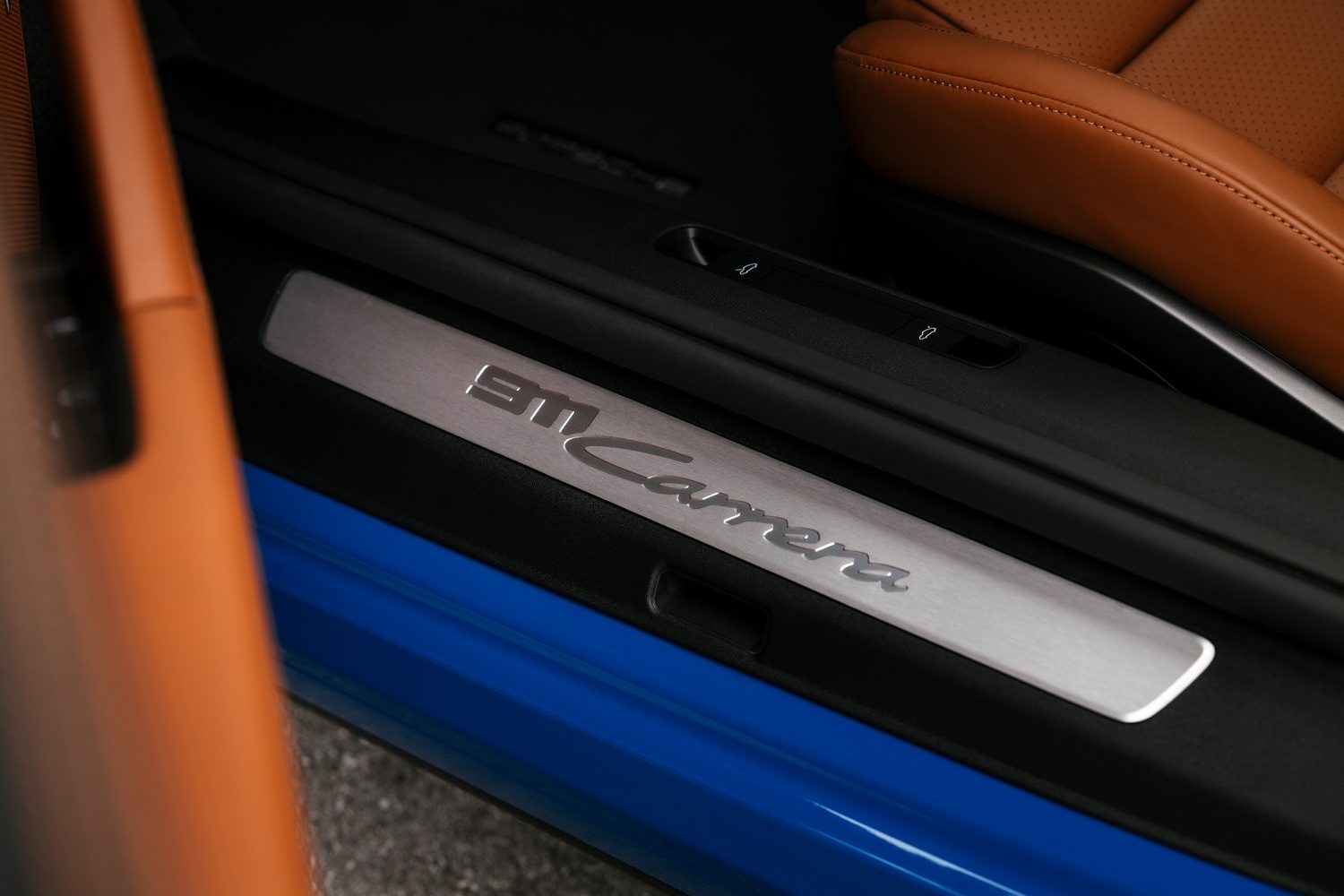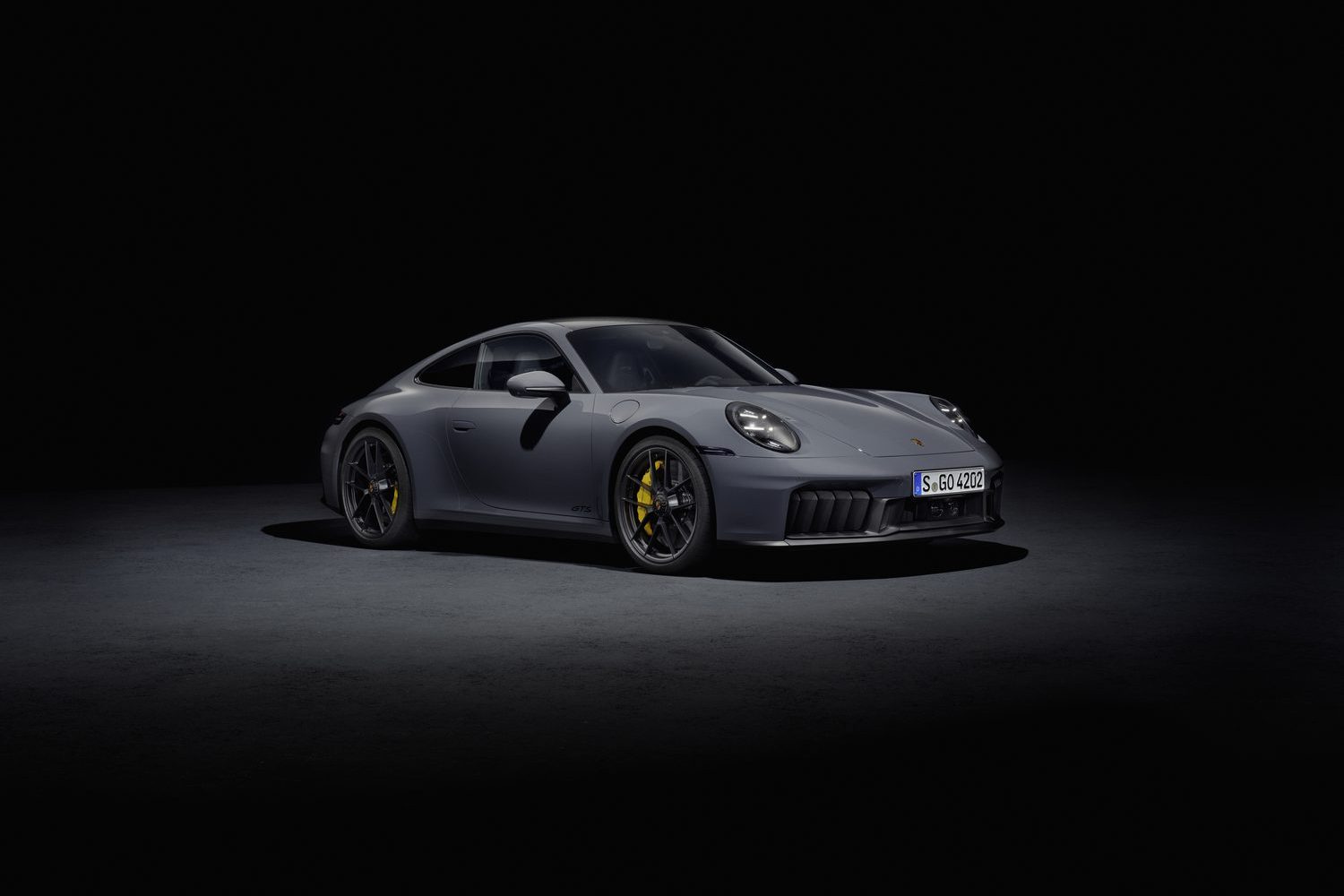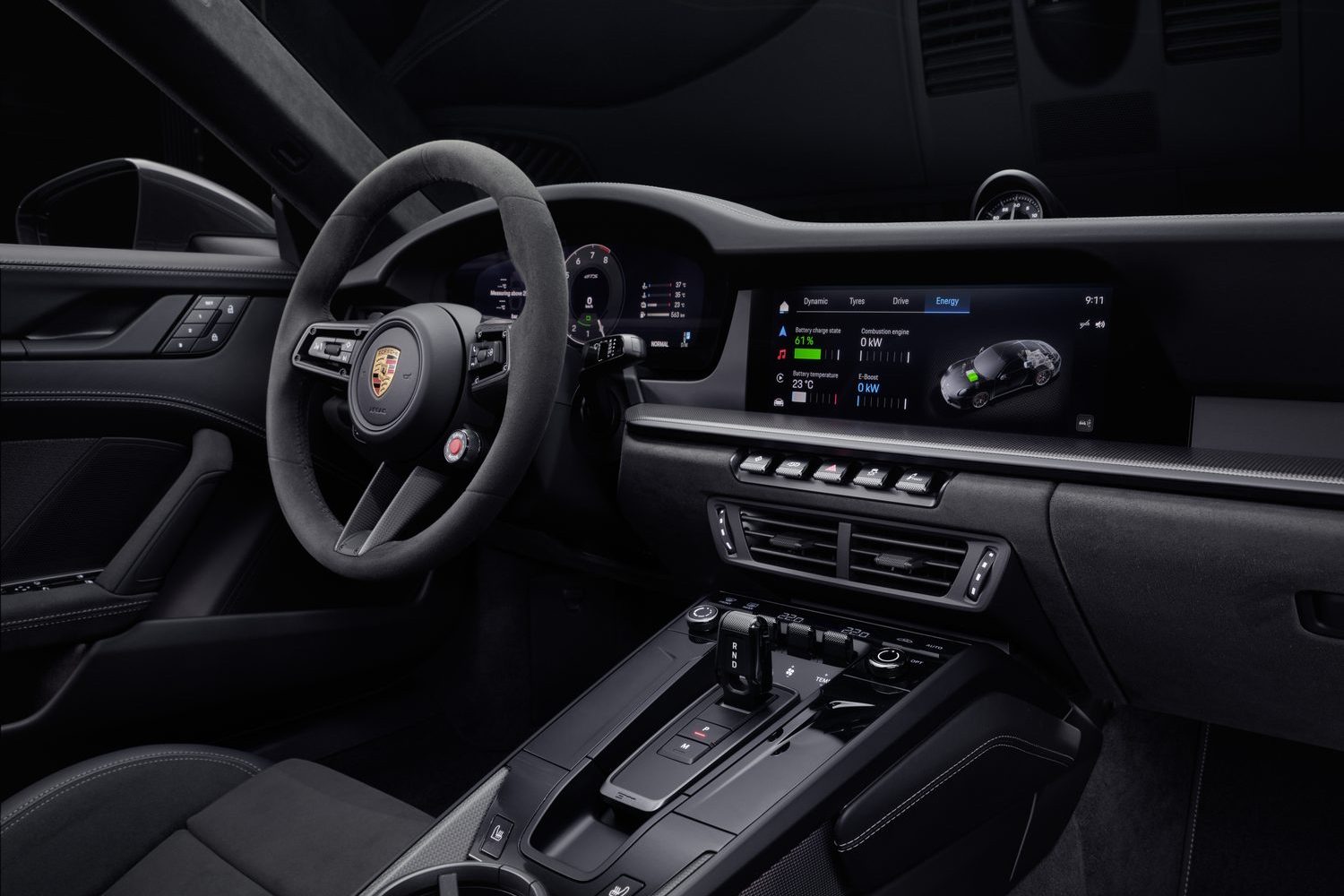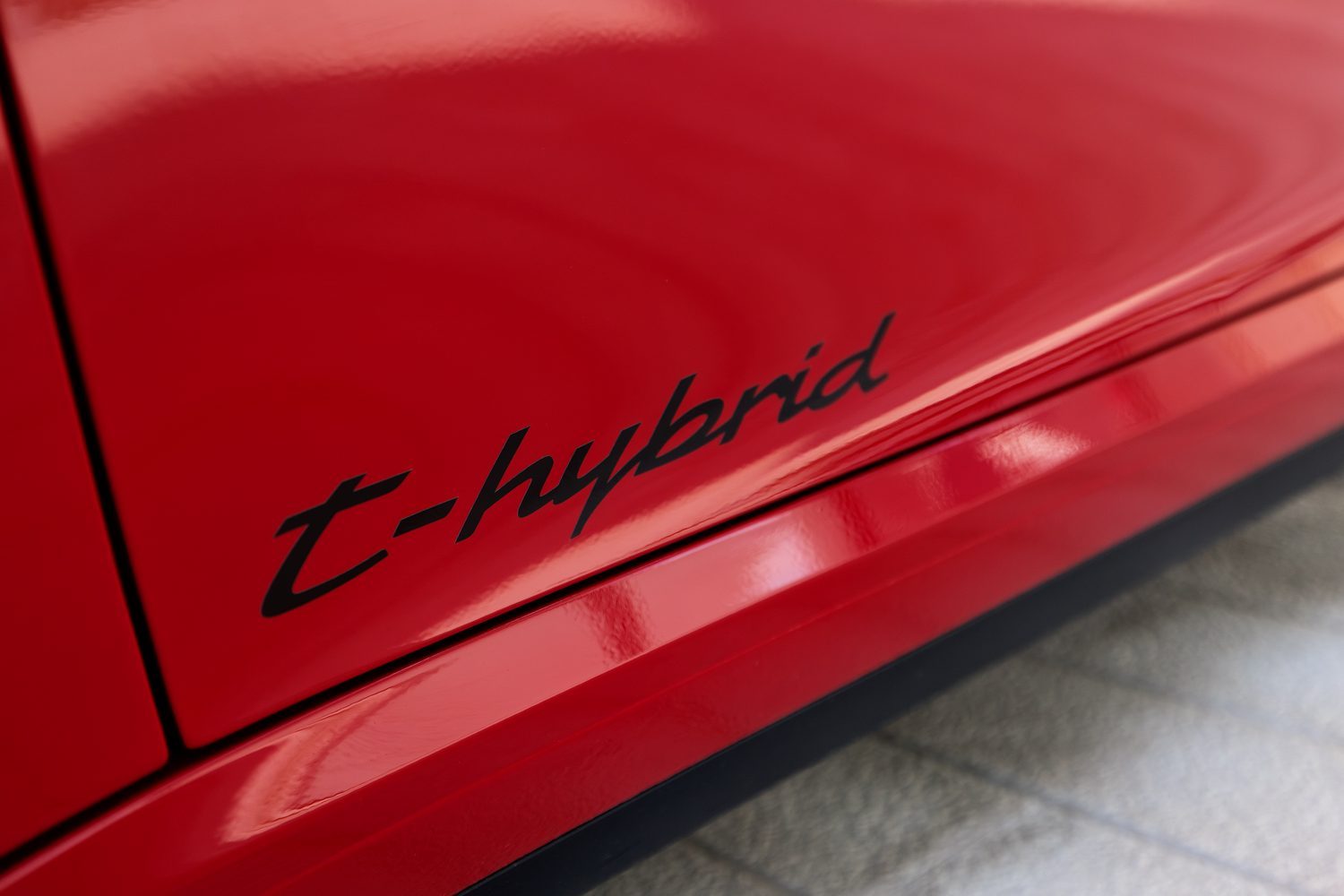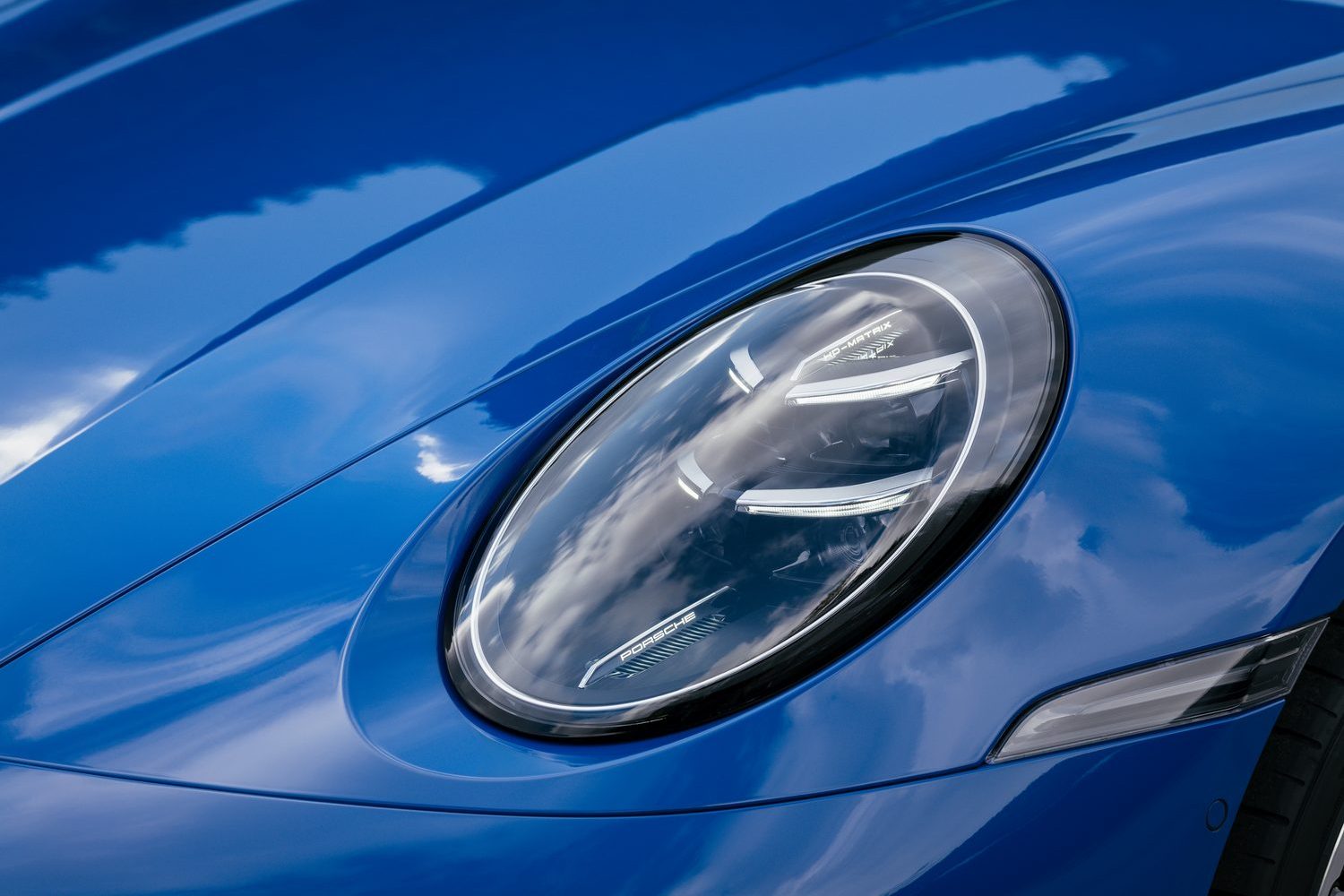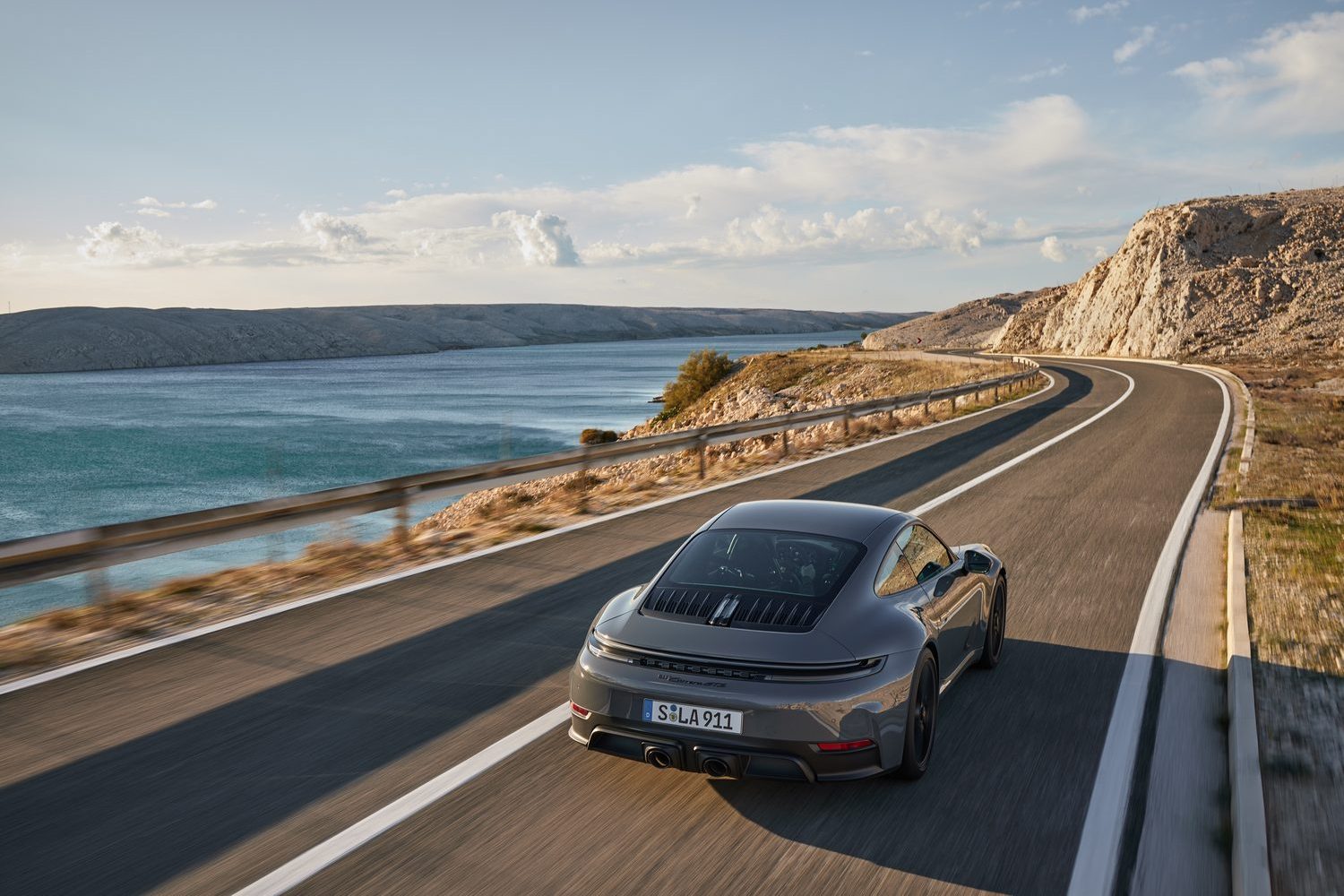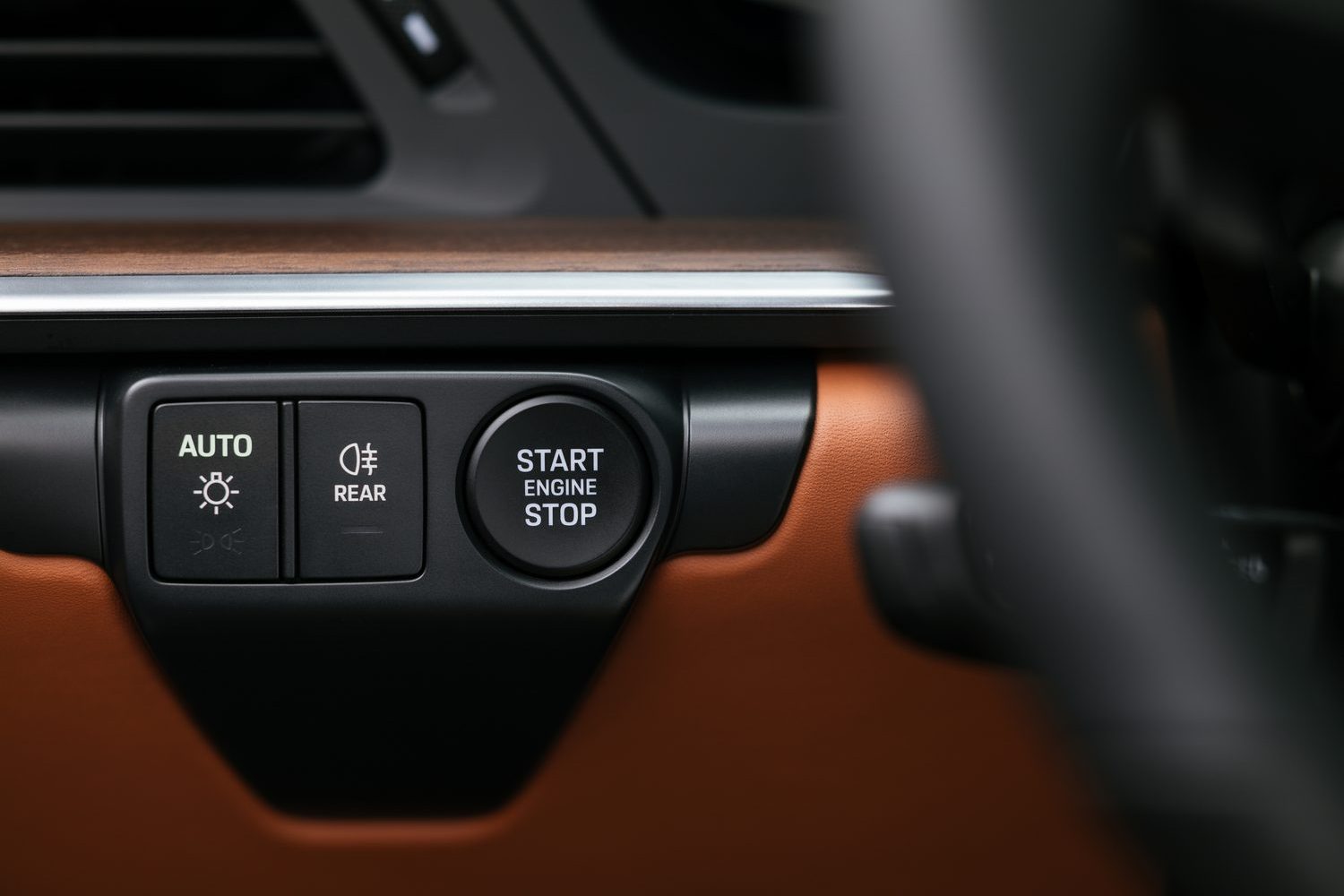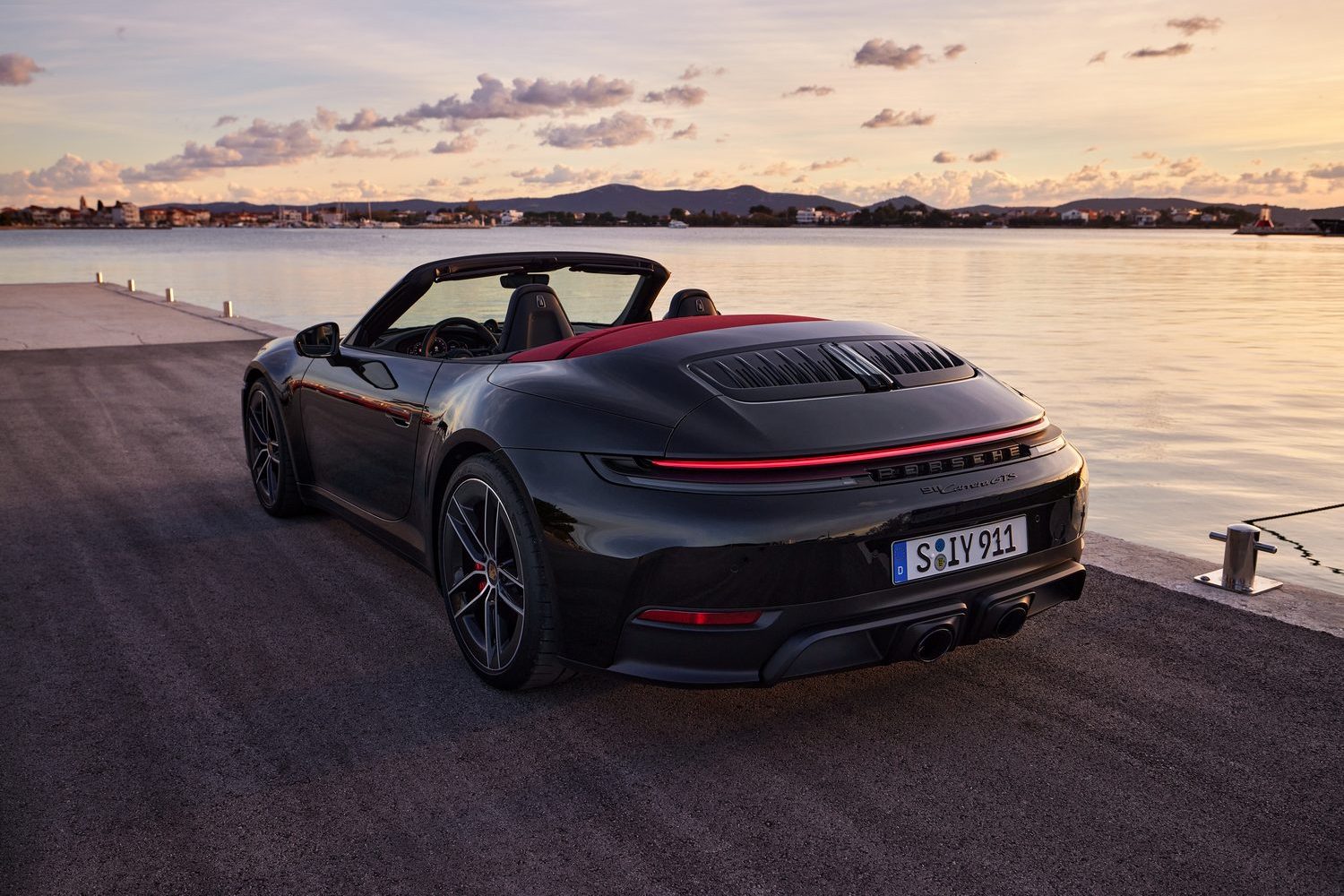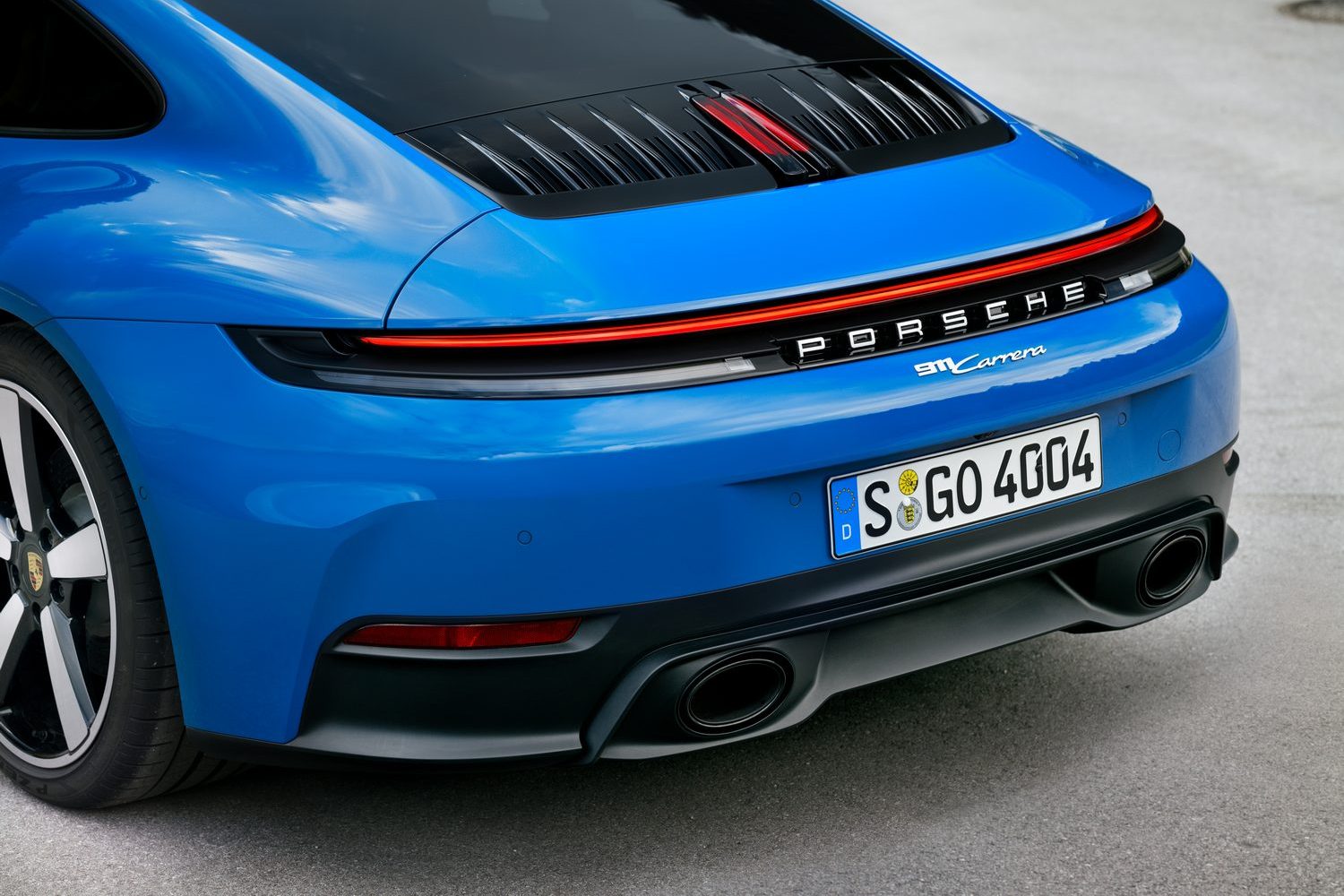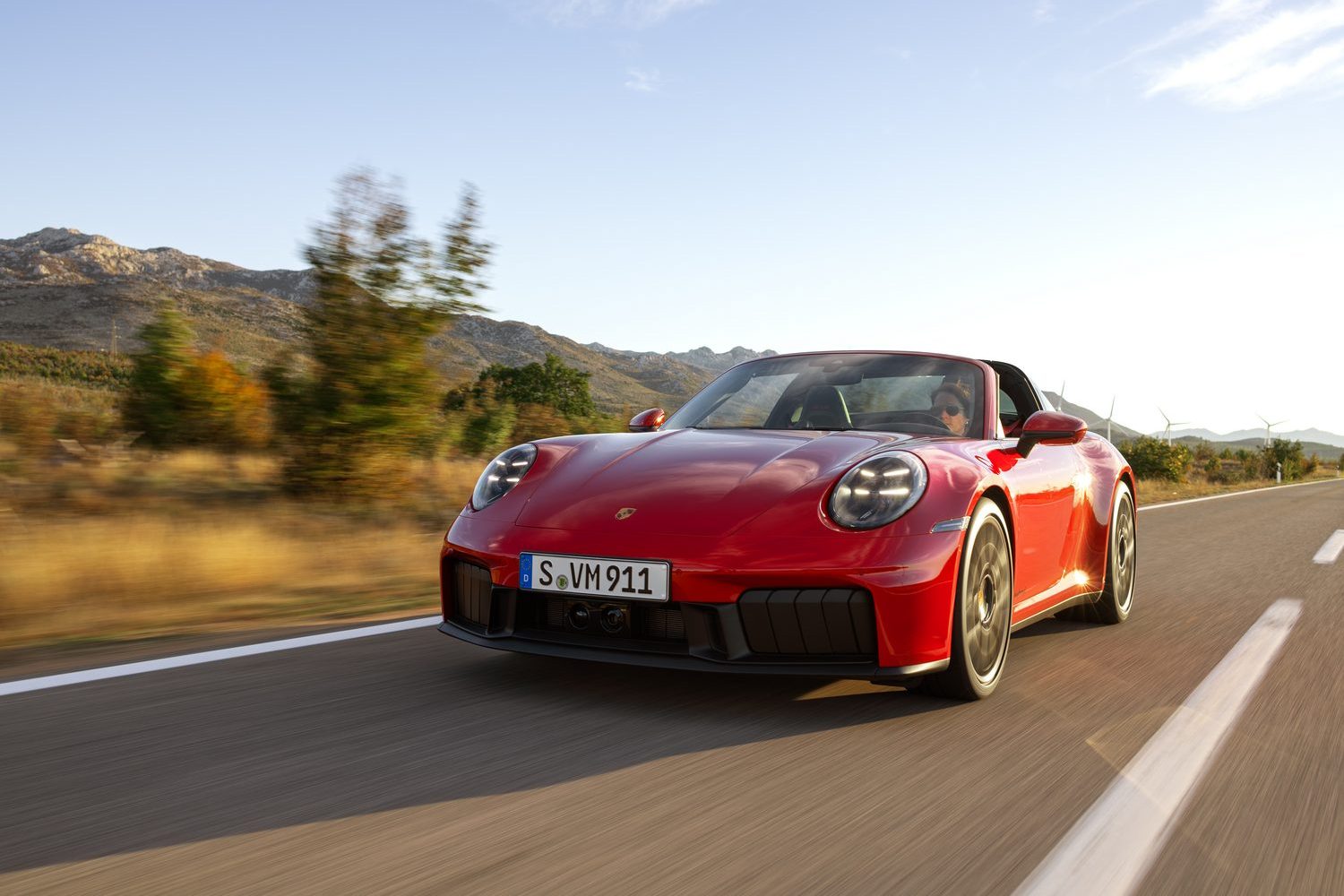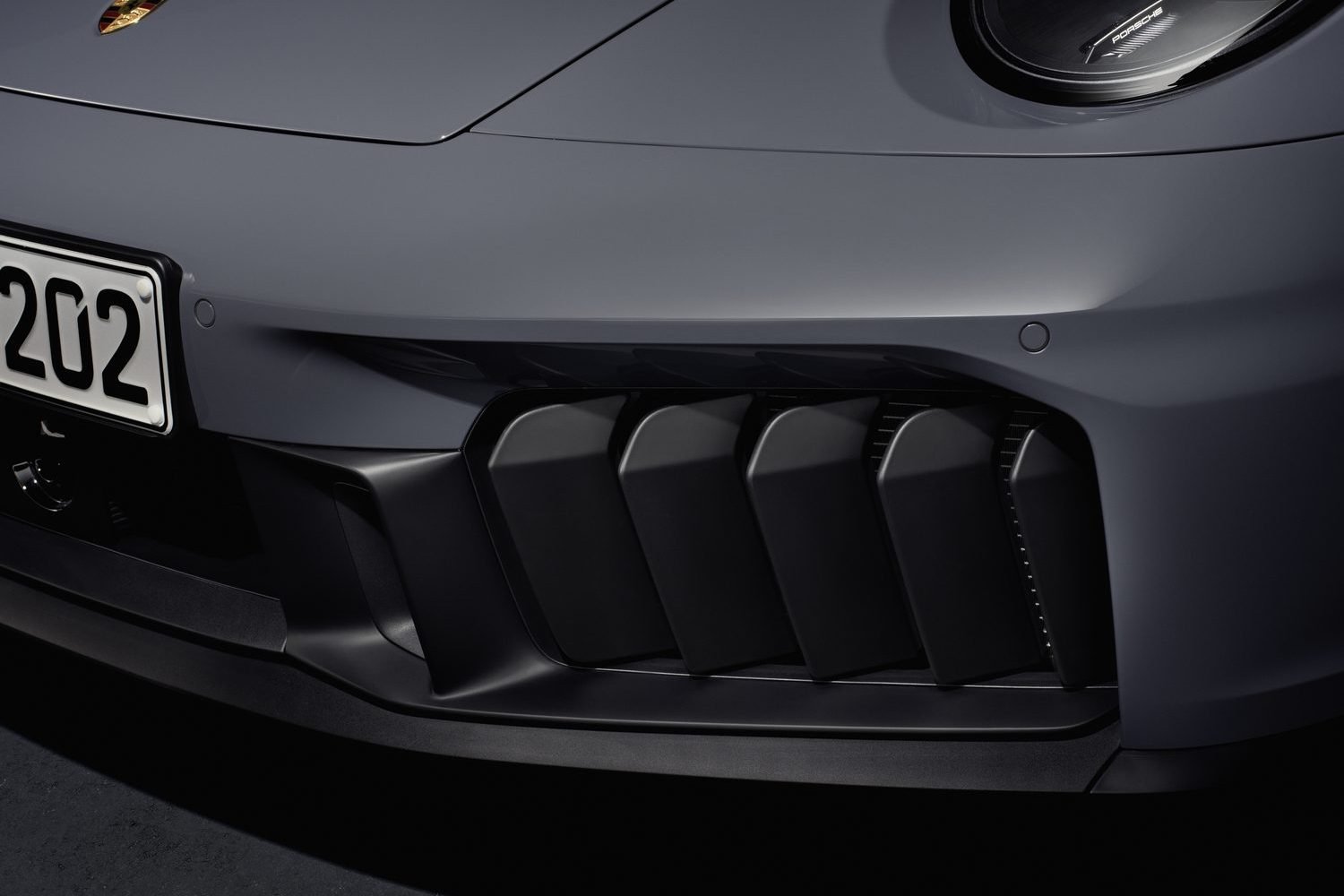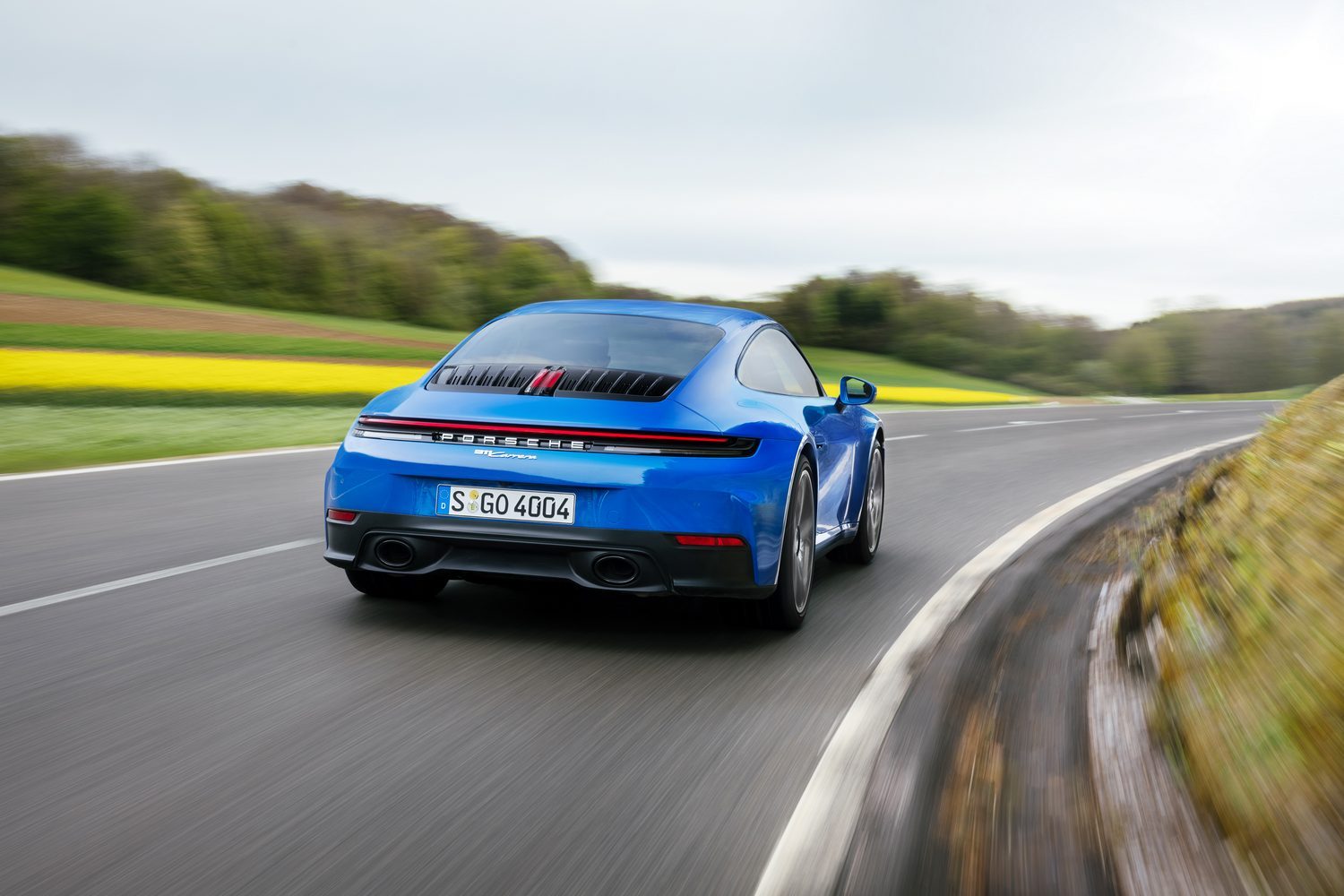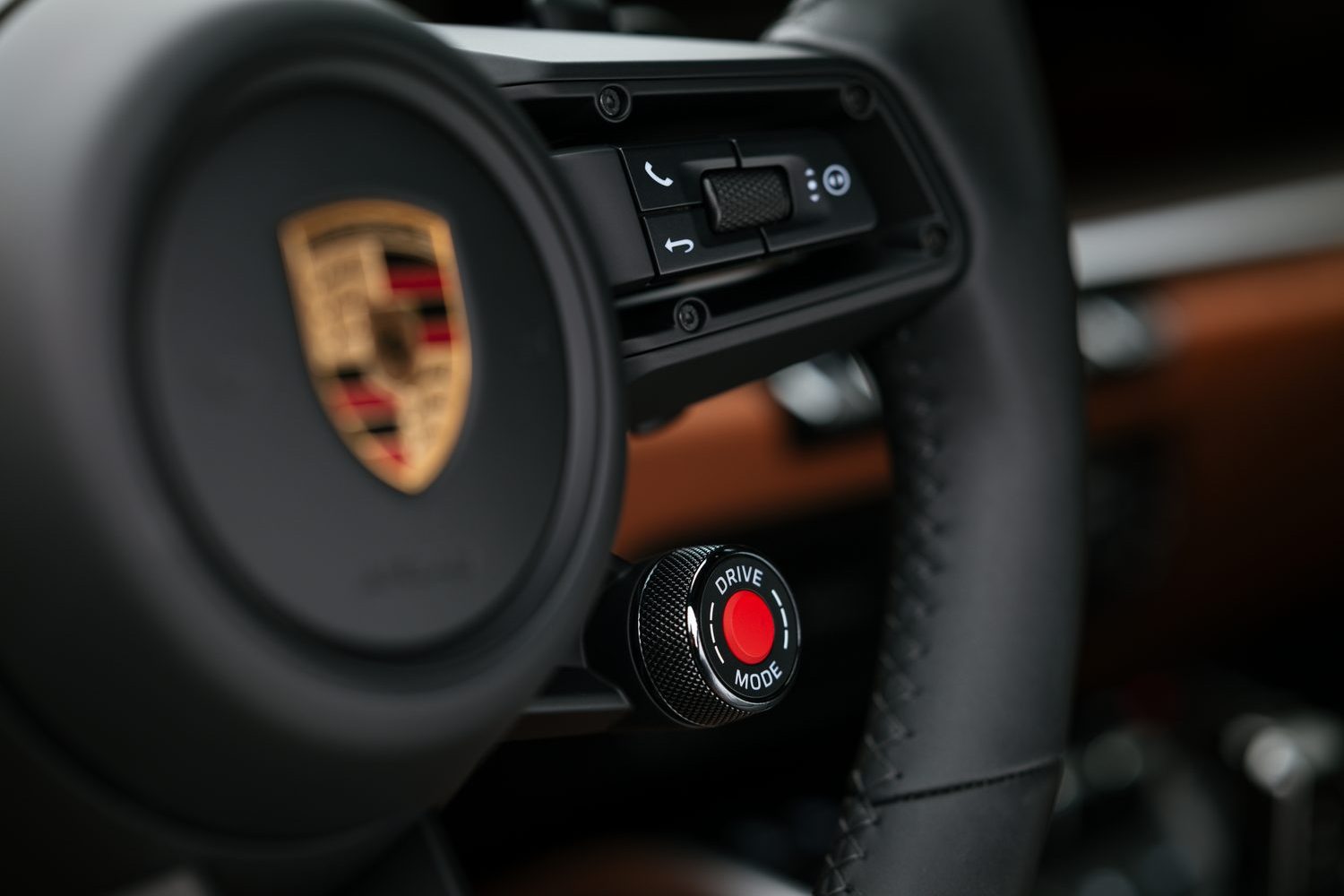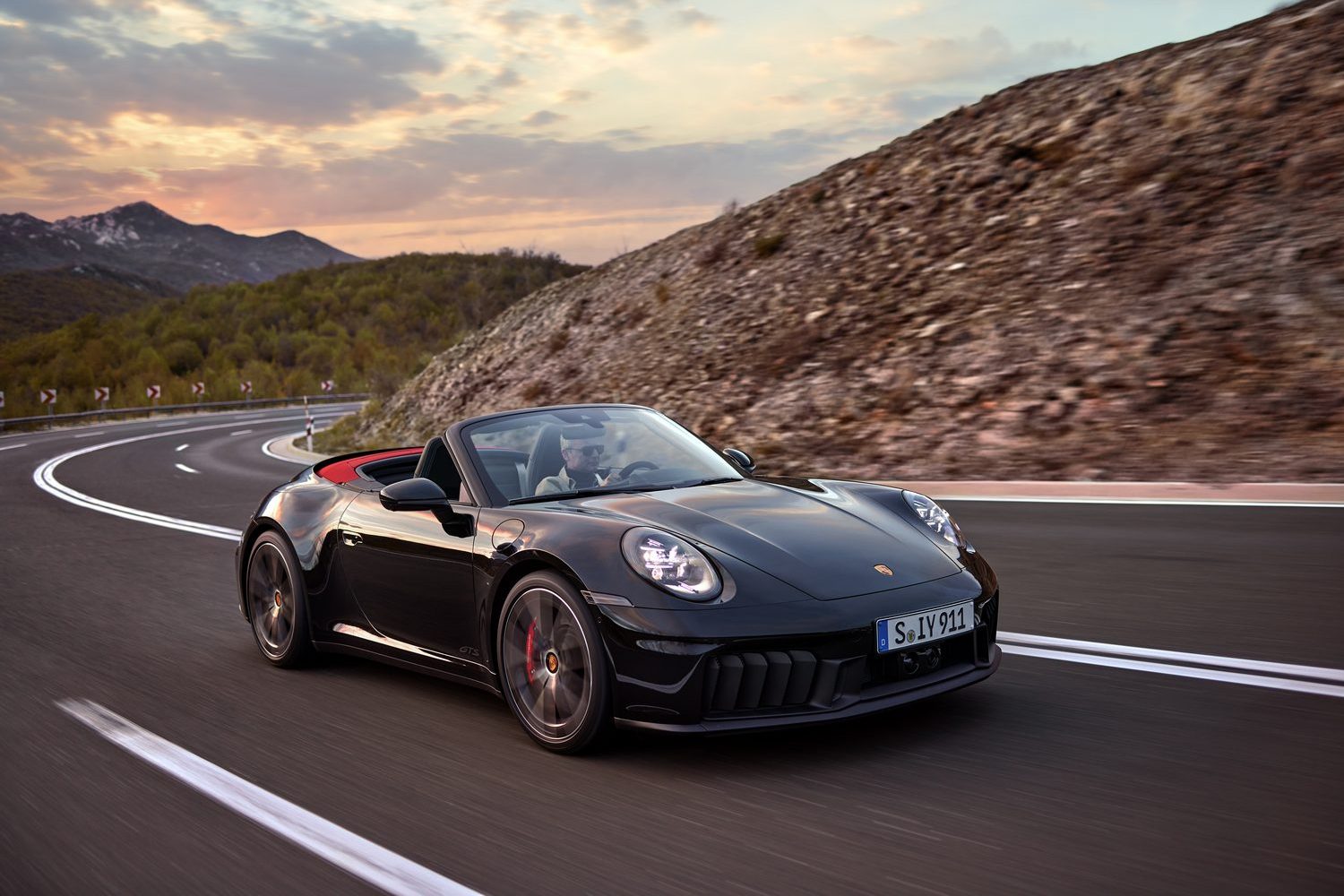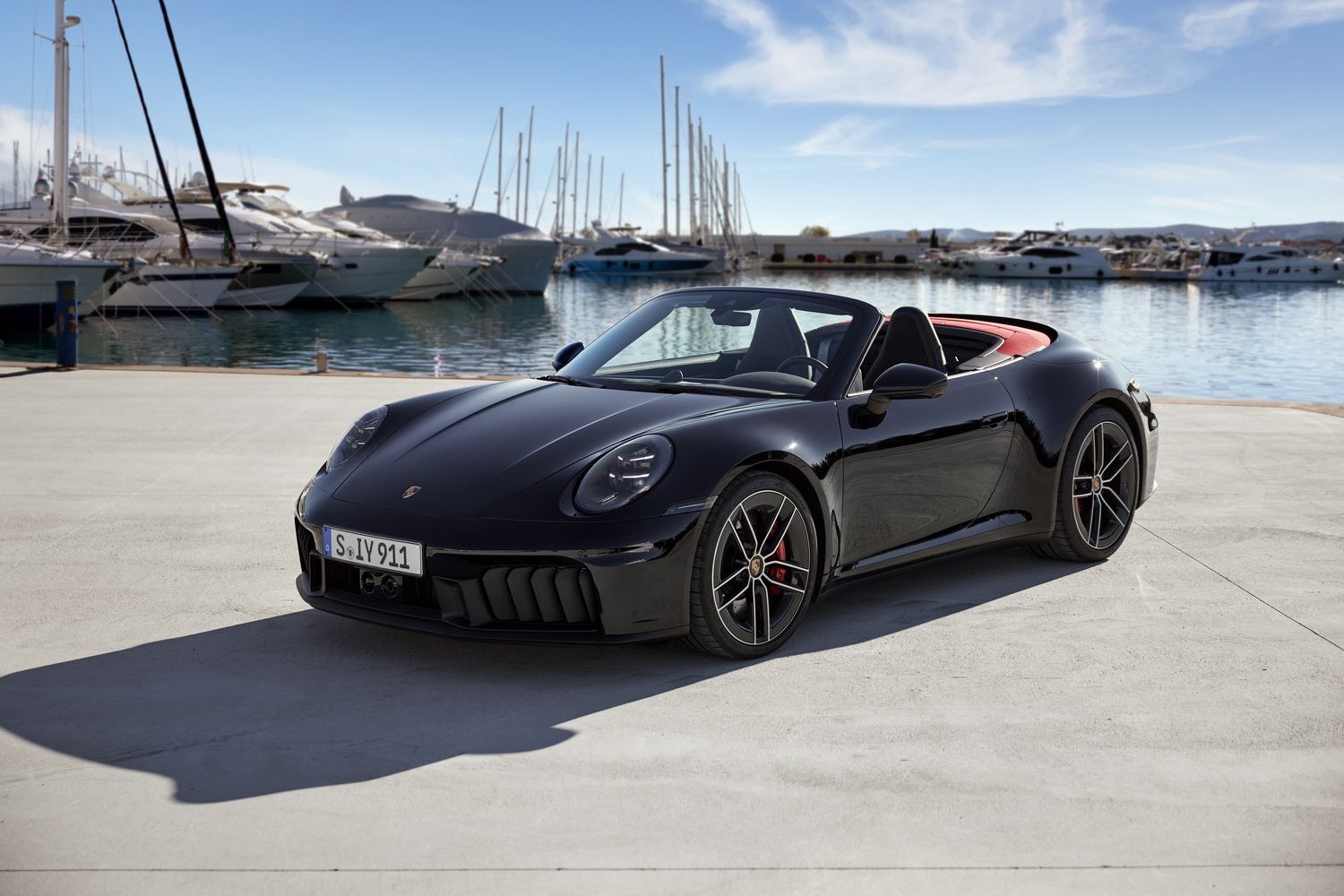The 992-generation Porsche 911 has been revamped and the biggest news is the adoption of an innovative new hybrid system, launching exclusively in the 911 GTS.
Increased capacity and added electrical goodness
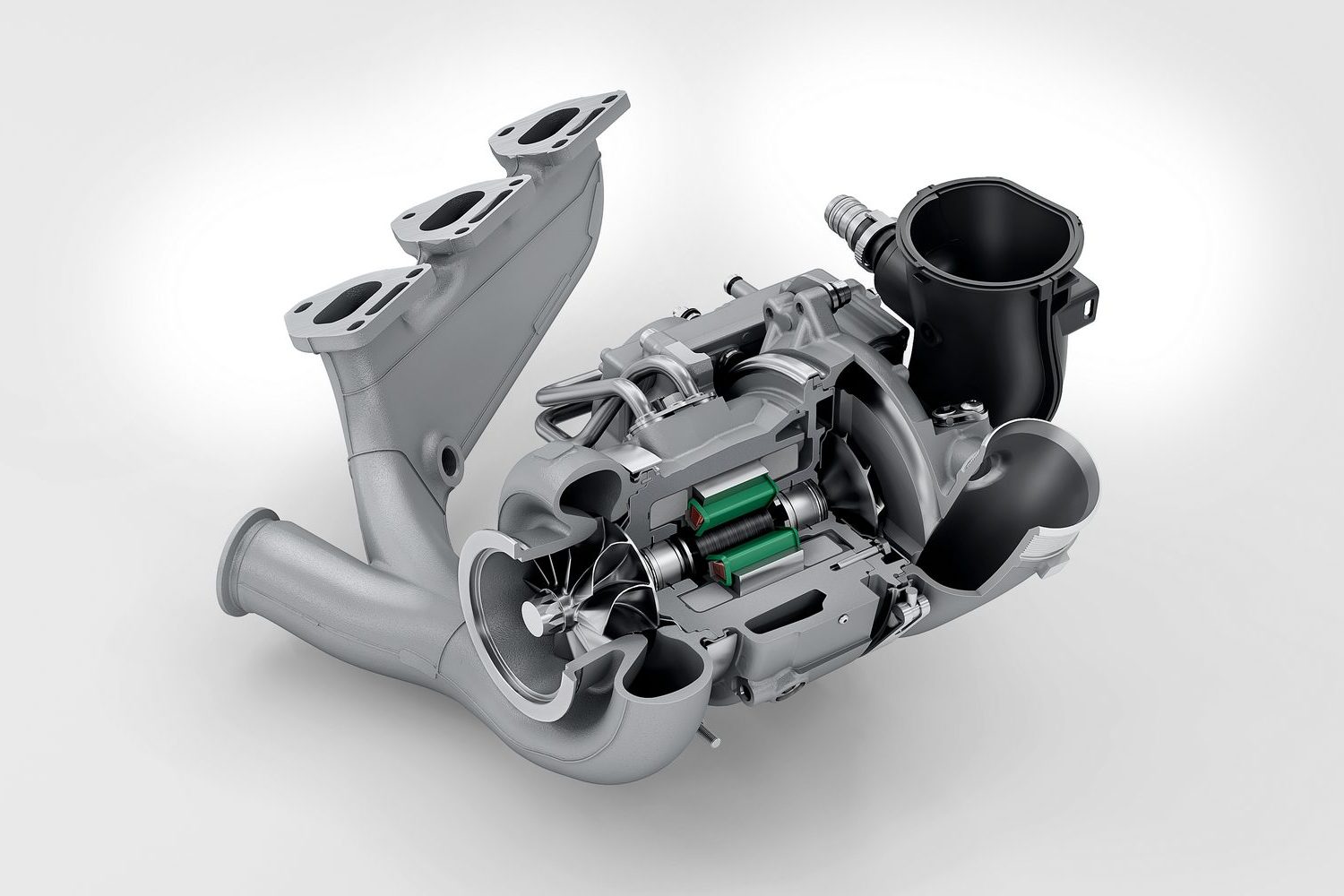
Porsche, like all manufacturers, has to move with the times and clean up its fleet-wide exhaust emissions, but while making fully electric vehicles such as the Taycan and second-generation Macan is less controversial, hybridising the 911 was always going to be a thorny issue. And, if we’re not mixing our botanical metaphors too much, the German manufacturer has grasped the petrol-electric nettle by calling its new hybrid the GTS.
This backs up the firm’s conviction that this is a “performance hybrid,” rather than one entirely centred on reducing fuel consumption and CO2 emissions (although it does both these tasks as well, of course), and so using the GTS moniker is a bold move. Previously, in all of its ranges, not just the 911 family, the GTS was the sportiest variant in the middle of a given line-up; in the 992’s case, it was probably the best-driving version this side of something more extreme, such as a 911 GT3 or Turbo.
Good job, then, that having earlier this month already confirmed the hybrid was 8.7 seconds faster around the Nürburgring Nordschleife than its predecessor, we can now see how serious the new specification is. Porsche christens this system the ‘T-Hybrid’, and it sees the adoption of a 1.9kWh, 400-volt battery, a 40kW electric motor in the GTS’s eight-speed PDK dual-clutch gearbox, and another electric motor sandwiched between the compressor and turbine wheel of the single turbocharger fitted to the flat-six engine at the back of the 911.
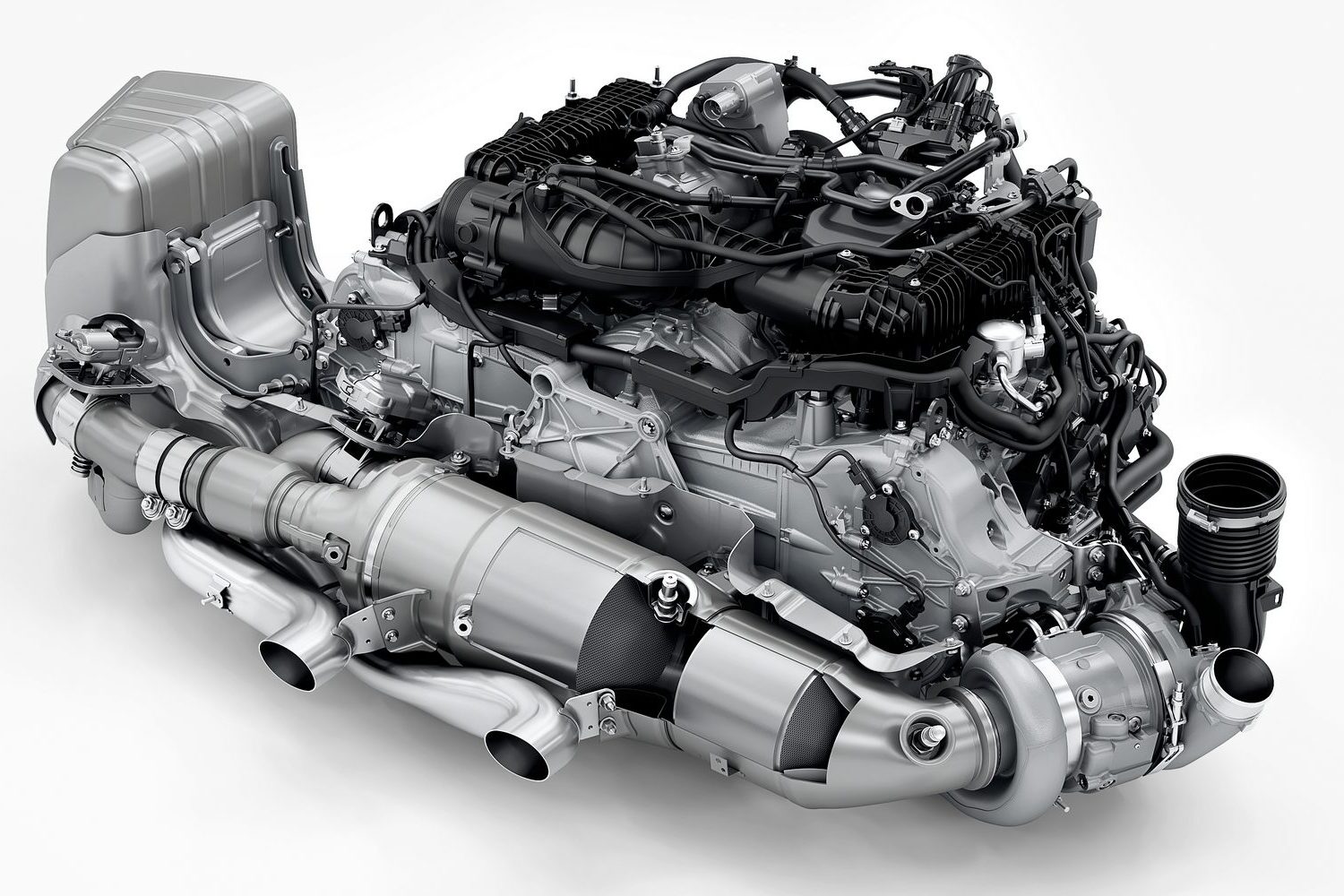
And even that’s new, because it is no longer the 480hp 3.0-litre twin-turbo unit from the old GTS. Instead, with an increased bore and stroke, capacity has gone up to 3.6 litres, while the presence of the hybrid system means Porsche feels just a solitary turbo is necessary. The company claims that, on its own, the uprated six-cylinder matches or just about eclipses the old 3.0, with figures of 485hp and 570Nm, but when you factor in the T-Hybrid gear the new GTS now delivers peaks of 541hp and 610Nm.
That’s a serious hike in output that more than overcomes the additional 50kg the hybrid gear brings to the 911, which means that the 2024 GTS can run 0-100km/h in precisely three seconds dead, all while going on to a raised top speed of 312km/h.
Updated Carrera joins the revised range
To go with the GTS T-Hybrid at the launch of the revised 992 range, the base-model 911 Carrera has also seen a powertrain update. It sticks with the same 3.0-litre biturbo flat-six as it had before, but Porsche has fitted the turbochargers from (ironically enough) the old 911 GTS to it, as well as the intercooler from the 911 Turbo models. That sees peak power raised from 380- to 394hp now, although maximum torque remains 450Nm.
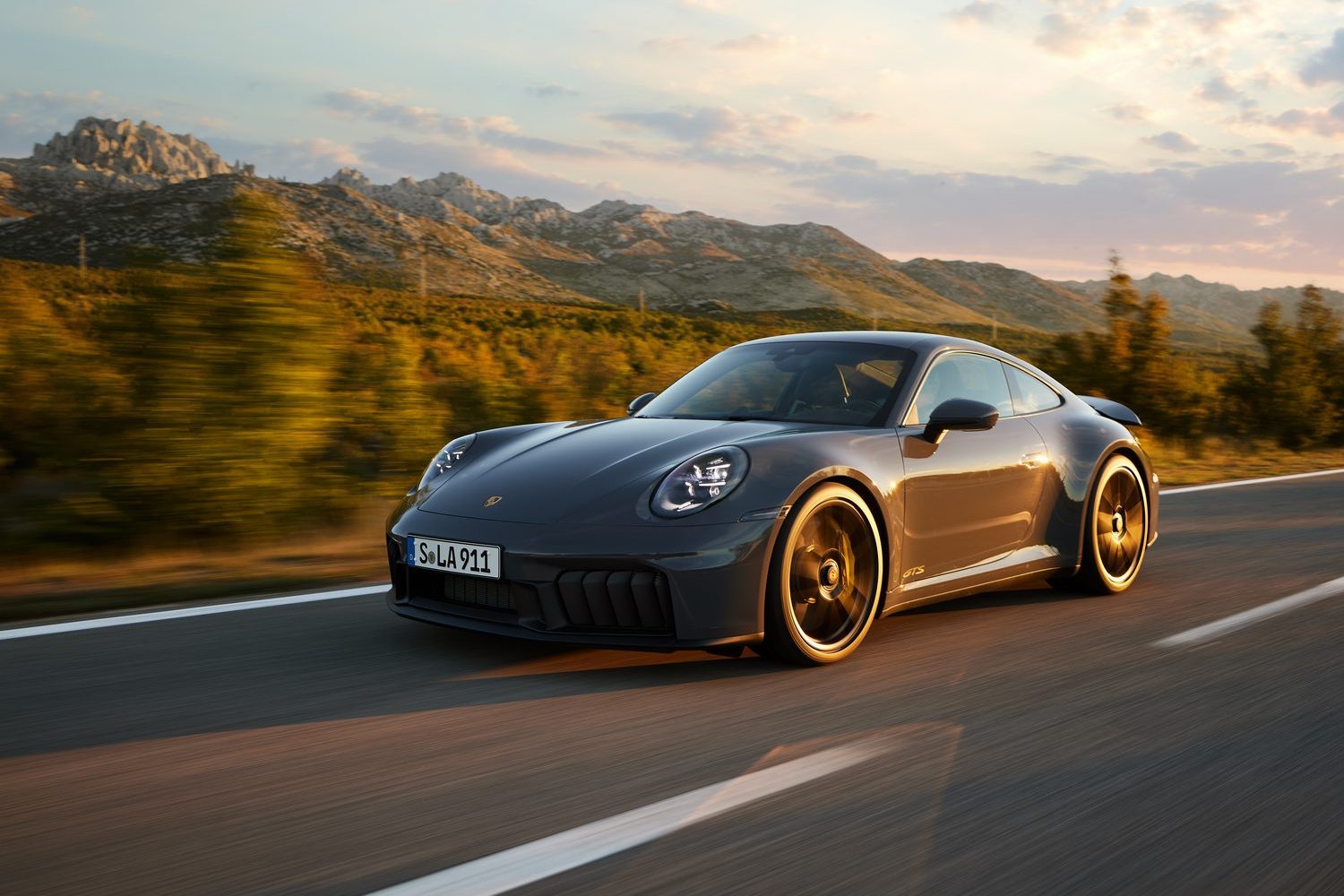
Nevertheless, this is enough to make it the first Carrera in the 911’s six-decade history to be able to run 0-100km/h in less than four seconds - if fitted with Sport Chrono and its launch control. It’s certainly an interesting time we live in when even the entry-level 911 is capable of such searing performance, and its top speed is the best part of 300km/h, in addition to the mega acceleration.
Beyond these powertrain changes and accepting there’s still a whole slew of 911 derivatives yet to come, the updates to the 992 see the looks change, too. Gone are the driving lights which used to sit in the front bumper (which were separate to the four-point LED daytime running lamps), with all forms of illumination now incorporated into one-piece light clusters. This gives the front bumper a cleaner look, while also allowing for a greater flow of cooling air to the radiators and suchlike behind.
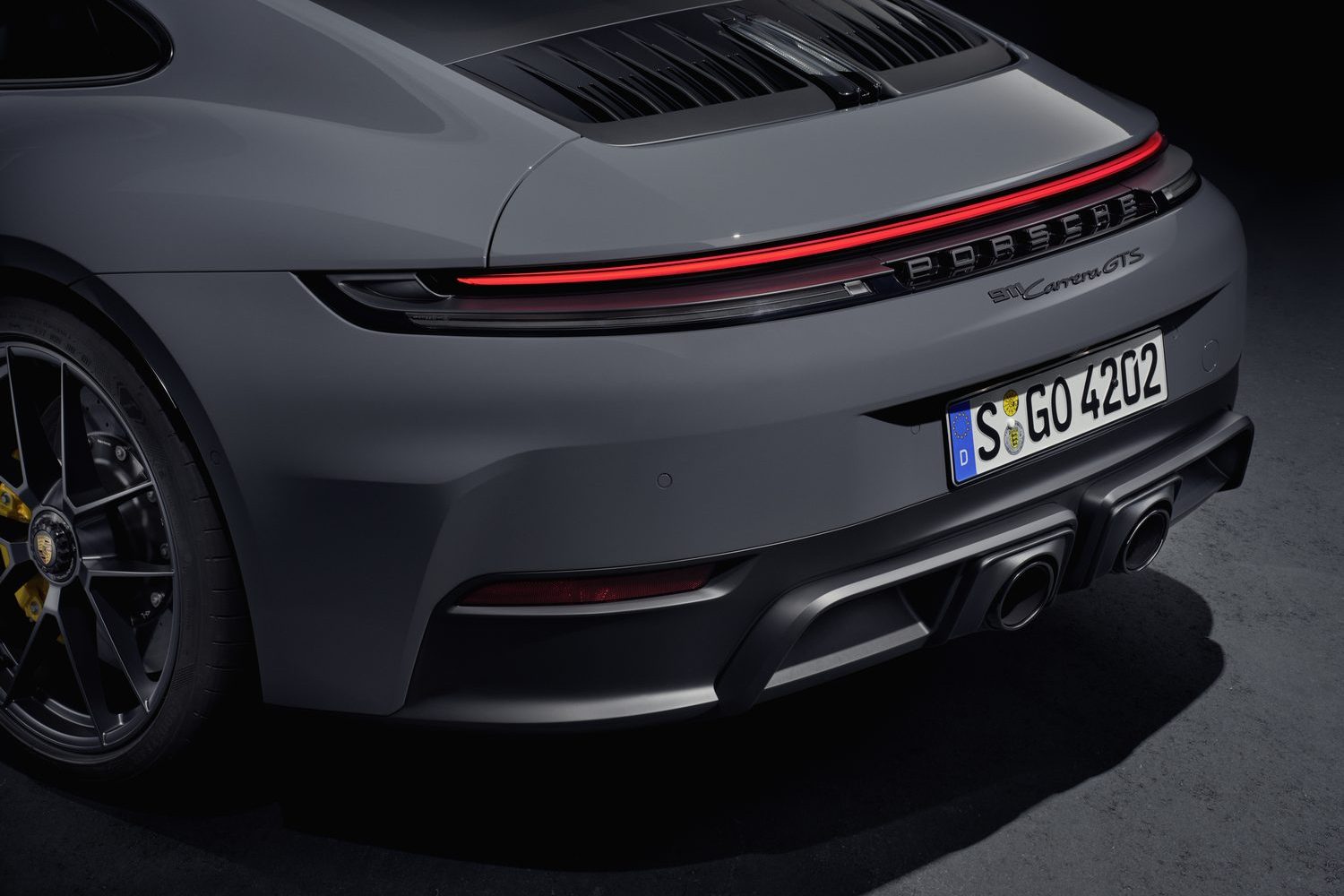
The GTS T-Hybrid looks different to the Carrera in this regard, however, as it has five vertical active air flaps in its front airdam, which immediately marks it out as the faster ‘992.2’. Other visual changes for all 911s in 2024 include a five-vane grille on the rear deck, between the screen and the retractable spoiler, a redesigned light strip at the back and - for the GTS - a meatier diffuser with centrally mounted dual-outlet sports exhaust. All models roll on either 19-inch front, 20-inch rear or 20/21-inch mismatched alloys, while the Carrera can be optionally fitted with Exclusive Design alloys which come with carbon blades that reduce aerodynamic drag.
Other technology highlights include optional HD Matrix headlights in which there are more than 32,000 LEDs, while all revised 911s have rear-axle steering as standard. The GTS T-Hybrid, with its 400-volt architecture, also gains the Porsche Dynamic Chassis Control (PDCC) active anti-roll system as standard, which teams up with its 10mm-lower sports suspension with Porsche Active Suspension Management (PASM) variable dampers.
Cabin gains high-tech instrument cluster from Taycan
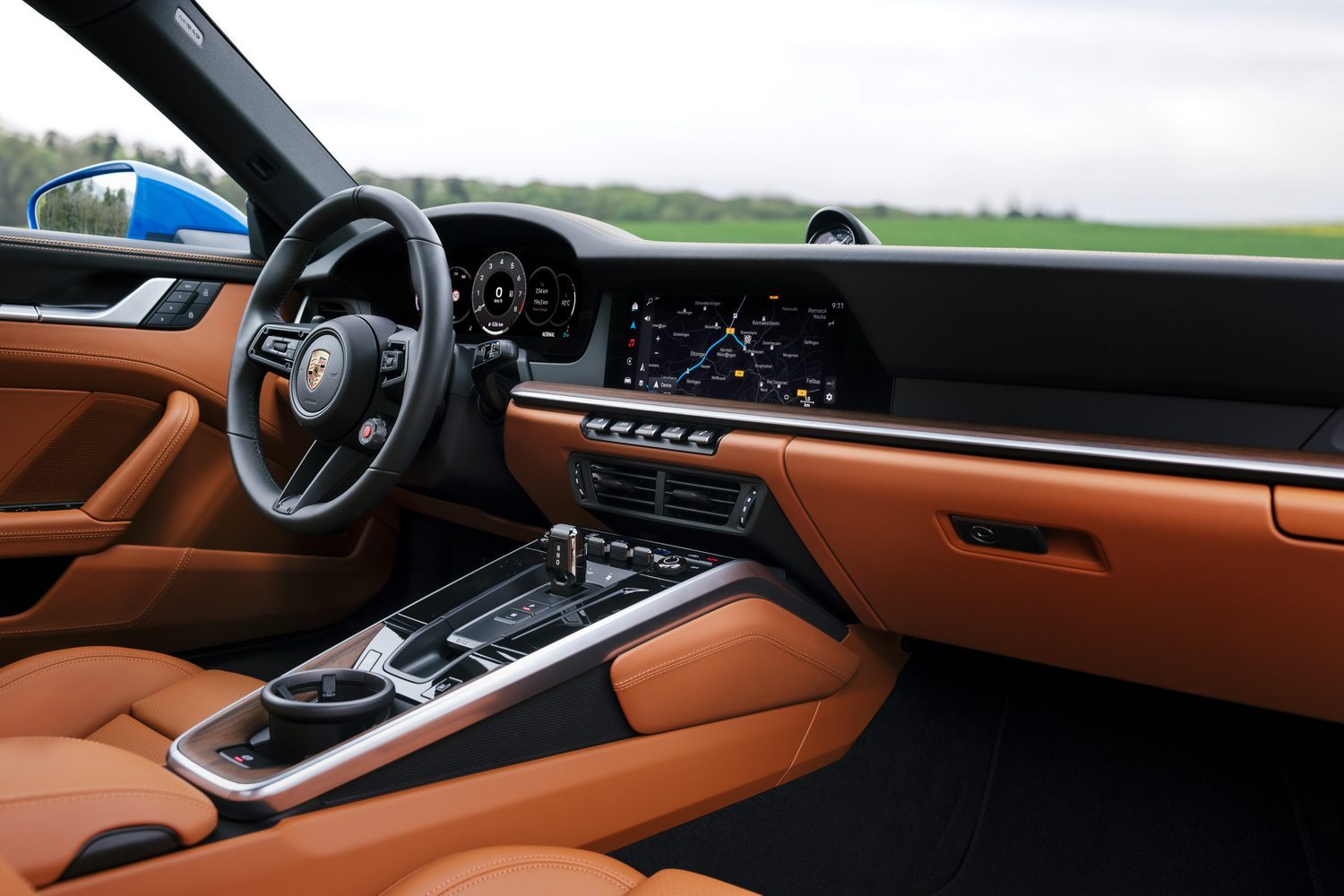
Inside, the updated 911 now features the 12.6-inch digital instrument cluster that has already made it into the German company’s other 2024-updated model lines, namely the Cayenne, Taycan and Panamera. This sits alongside the 10.9-inch Porsche Communication Management infotainment, although another new couple of touches are the inclusion of an engine start-stop button next to the steering wheel and a wireless smartphone charging pad with device-cooling functionality in the lidded centre console.
An intriguing decision by Porsche is to make the 2+2 seating arrangement in the Coupe models of the 911 a no-cost option. This means you can still have, very roughly speaking, a four-seat, tin-topped 992, but you have to tick a box at ordering time to get it. Otherwise, from the factory, the 911 is a two-seater.
Porsche will sell the Carrera as a Coupe and a Cabriolet only, whereas the new GTS hybrid is available in all three body types - including the Targa with its fancy folding roof.
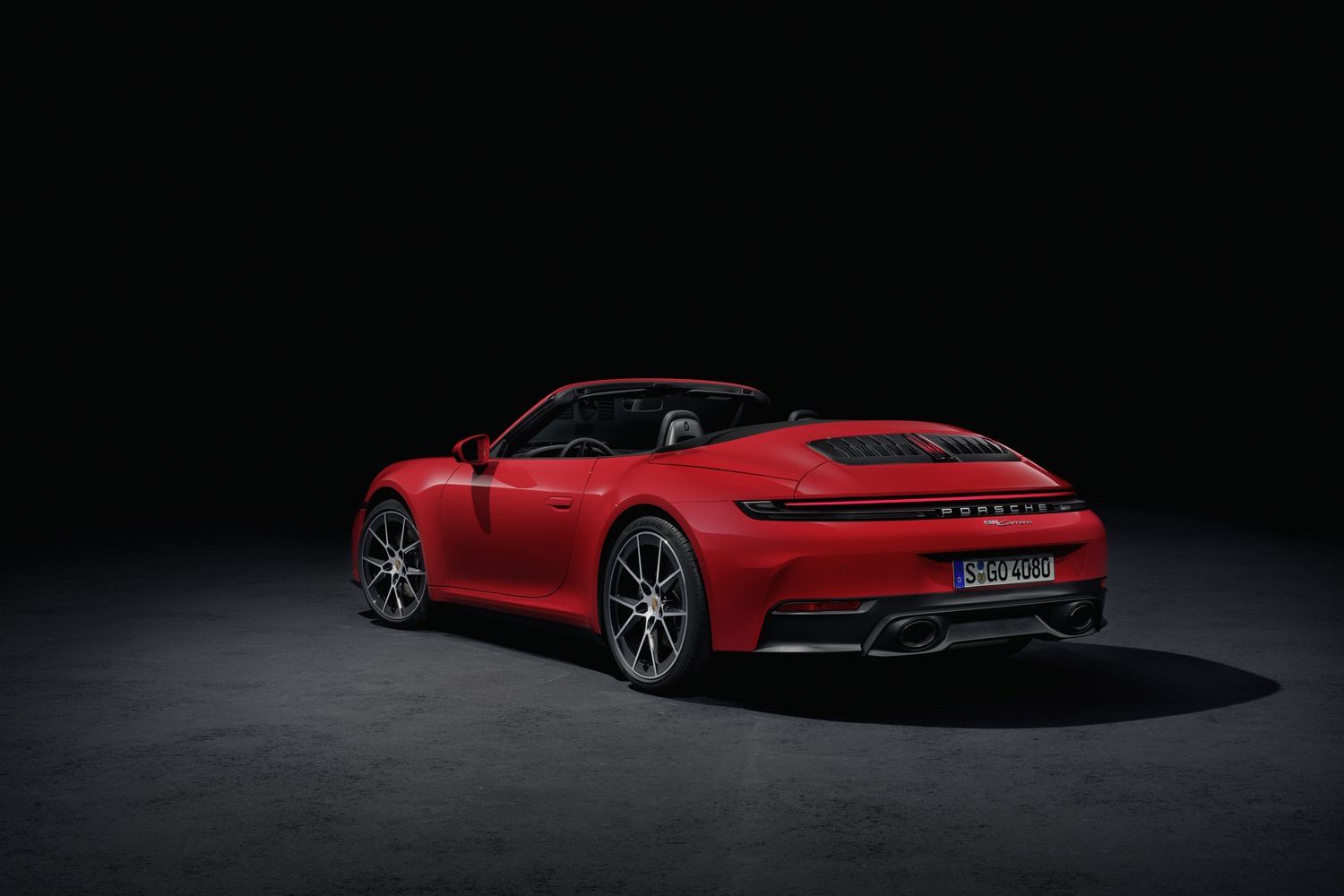
All variants at launch have an eight-speed PDK transmission and are nominally rear-wheel drive, although the GTS can be specified with all-wheel drive to turn it into a GTS 4. But while the Coupe and Cabrio versions of the 541hp flagship (for now) can be optioned up with four-wheel drive, for the GTS Targa this is the standard drivetrain; there is no rear-drive alternative.
Priced from nearly €200,000 in Ireland
Irish prices start at €195,840 for a Carrera Coupe, while the GTS T-Hybrid kicks off at €263,029. Customers in right-hand-drive markets can expect first deliveries of the former in late summer, while the latter will appear on our roads near the end of this year.


